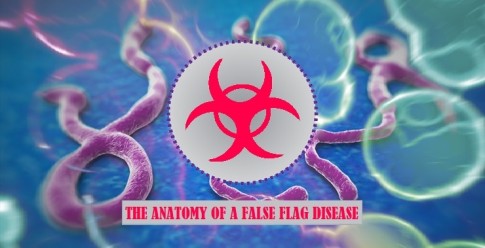Doctors know some patients needing lifesaving care won’t get it in a flu pandemic or other disaster. The gut-wrenching dilemma will be deciding who to let die.
Now, an influential group of physicians has drafted a grimly specific list of recommendations for which patients wouldn’t be treated. They include the very elderly, seriously hurt trauma victims, severely burned patients and those with severe dementia.
The suggested list was compiled by a task force whose members come from prestigious universities, medical groups, the military and government agencies. They include the Department of Homeland Security, the Centers for Disease Control and Prevention and the Department of Health and Human Services.
The proposed guidelines are designed to be a blueprint for hospitals “so that everybody will be thinking in the same way” when pandemic flu or another widespread health care disaster hits, said Dr. Asha Devereaux. She is a critical care specialist in San Diego and lead writer of the task force report.
The idea is to try to make sure that scarce resources – including ventilators, medicine and doctors and nurses – are used in a uniform, objective way, task force members said.
Their recommendations appear in a report appearing Monday in the May edition of Chest, the medical journal of the American College of Chest Physicians.
“If a mass casualty critical care event were to occur tomorrow, many people with clinical conditions that are survivable under usual health care system conditions may have to forgo life-sustaining interventions owing to deficiencies in supply or staffing,” the report states.
To prepare, hospitals should designate a triage team with the Godlike task of deciding who will and who won’t get lifesaving care, the task force wrote. Those out of luck are the people at high risk of death and a slim chance of long-term survival. But the recommendations get much more specific, and include:
– People older than 85.
– Those with severe trauma, which could include critical injuries from car crashes and shootings.
– Severely burned patients older than 60.
– Those with severe mental impairment, which could include advanced Alzheimer’s disease.
– Those with a severe chronic disease, such as advanced heart failure, lung disease or poorly controlled diabetes.
Dr. Kevin Yeskey, director of the preparedness and emergency operations office at the Department of Health and Human Services, was on the task force. He said the report would be among many the agency reviews as part of preparedness efforts.
Read moreWho should MDs let die in a pandemic? Report offers answers


